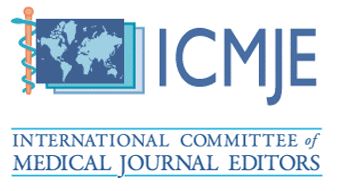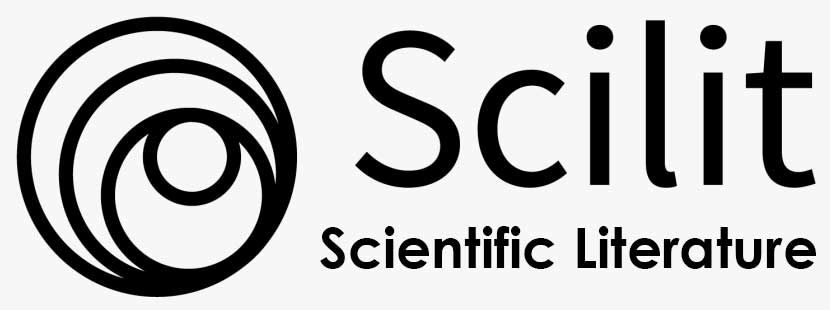Comparing Gutta Percha Backfill Leakage Over Multiple Heating Cycles
Hannah Battle DDS1*, Thomas Lallier PhD1,2, Landon Boenke BS3, Albert F. McMullen III DDS4
1Postgraduate Endodontic Resident, Louisiana State University Health Sciences Center (LSUHSC), USA.
2Professor, Cell Biology and Anatomy Coordinator for Student Research, Louisiana State University Health Sciences Center (LSUHSC), USA.
3Louisiana State University Health Sciences Center (LSUHSC), USA.
4Department Head and Postgraduate Director, Endodontics, Louisiana State University Health Sciences Center (LSUHSC), USA.
*Corresponding Author: Hannah Battle, DDS: Postgraduate Endodontic Resident, Louisiana State University Health Sciences Center (LSUHSC), USA.
https://doi.org/10.58624/SVOADE.2025.06.019
Received: June 09, 2025
Published: July 02, 2025
Citation: Battle H, Lallier T, Boenke L, McMullen III AF. Comparing Gutta Percha Backfill Leakage Over Multiple Heating Cycles. SVOA Dentistry 2025, 6:4, 117-121. doi: 10.58624/SVOADE.2025.06.019
Abstract
Introduction: Warm vertical compaction of gutta-percha is a commonly used obturation technique due to the material’s thermoplastic properties. However, gutta-percha in backfill systems is often heated, cooled, and reheated multiple times before use, potentially altering its physical properties. This study investigated whether repeated heat cycling affects the sealing ability of gutta-percha, as measured by coronal dye leakage.
Methods: Forty extracted single-rooted human teeth were cleaned, shaped, and randomly divided into four groups (n = 10) based on the number of heating cycles the gutta-percha underwent prior to obturation: Group A (1 cycle), Group B (3 cycles), Group C (5 cycles), and Group D (7 cycles). All teeth were obturated using the B&L Beta Mini backfill system set to 200°C. After obturation, roots were sealed with nail polish (excluding the orifice), submerged in India ink for 7 days, then cleared using a standard decalcification and dehydration protocol. Dye penetration was measured from the orifice to the deepest apical extent using ImageJ. Statistical analysis was performed using two-tailed Student’s t-tests (P < 0.05).
Results: Group A showed the least dye leakage (2.29 ± 1.07 mm). Leakage increased significantly in Groups B (4.10 ± 1.82 mm), C (5.62 ± 1.91 mm), and D (3.88 ± 1.27 mm) compared to Group A (P < 0.05). No significant differences were observed among Groups B, C, and D (P > 0.05).
Conclusion: Repeated heating of gutta-percha was associated with increased coronal dye leakage. Clinicians should use caution when reusing gutta-percha subjected to multiple heat cycles to avoid compromising obturation quality.
Keywords: Dye Leakage, Gutta Percha, Heating Cycles, Backfill











